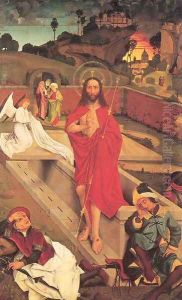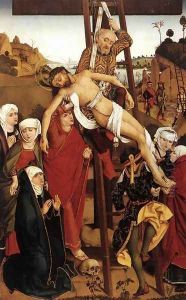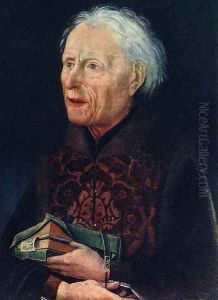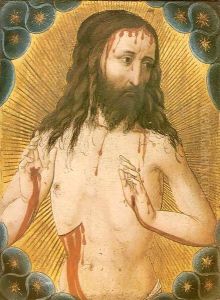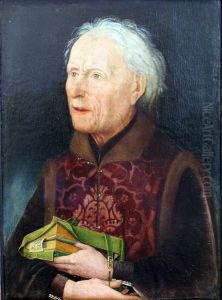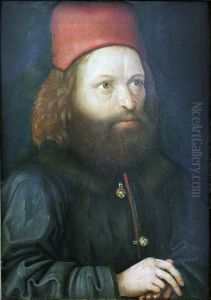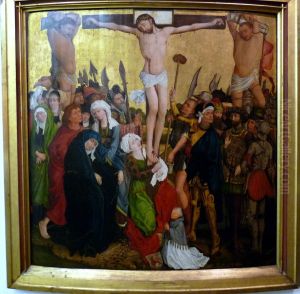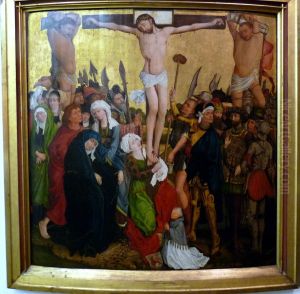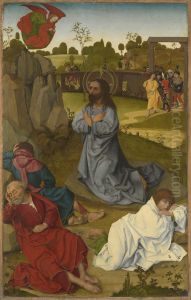Hans Pleydenwurff Paintings
Hans Pleydenwurff was a German painter active during the 15th century, recognized for his contribution to the development of German art in the Late Gothic period. He was born around 1420, in a time when the art world in Europe was transitioning from medieval to Renaissance styles. Pleydenwurff's work signifies this shift, exhibiting both Gothic and early Renaissance elements. Despite the scant details about his early life and training, it is evident from his body of work that he was a painter with considerable skill and artistic influence.
Pleydenwurff's career is mostly documented through his association with the city of Nuremberg, which was a significant cultural and artistic hub in Germany during the 15th century. In Nuremberg, he became a master in the painter's guild, and his presence in the city's artistic community helped shape the Nuremberg style. He is perhaps best known for his collaboration with the famed German printer Anton Koberger, for whom he created woodcut illustrations. His most famous contribution in this regard was for the 'Nuremberg Chronicle' (also known as 'Liber Chronicarum'), a world history published by Koberger in 1493, which contained a considerable number of woodcuts. Although Pleydenwurff had died by the time of the Chronicle's publication, his preparatory drawings were used by the artist Michael Wolgemut (Pleydenwurff's son-in-law) and his workshop to create the woodcuts.
Pleydenwurff's death occurred in 1472, but his legacy continued through his influence on other artists, including his own son Wilhelm Pleydenwurff, who also became a notable painter. Hans Pleydenwurff's artistic style is characterized by its vivid detail, expressive figures, and the use of color. His work, although not as widely recognized as that of some of his contemporaries, provides valuable insight into the transitional phase of Northern Renaissance art, bridging the gap between the medieval period and the dawn of a new artistic era in Europe.
